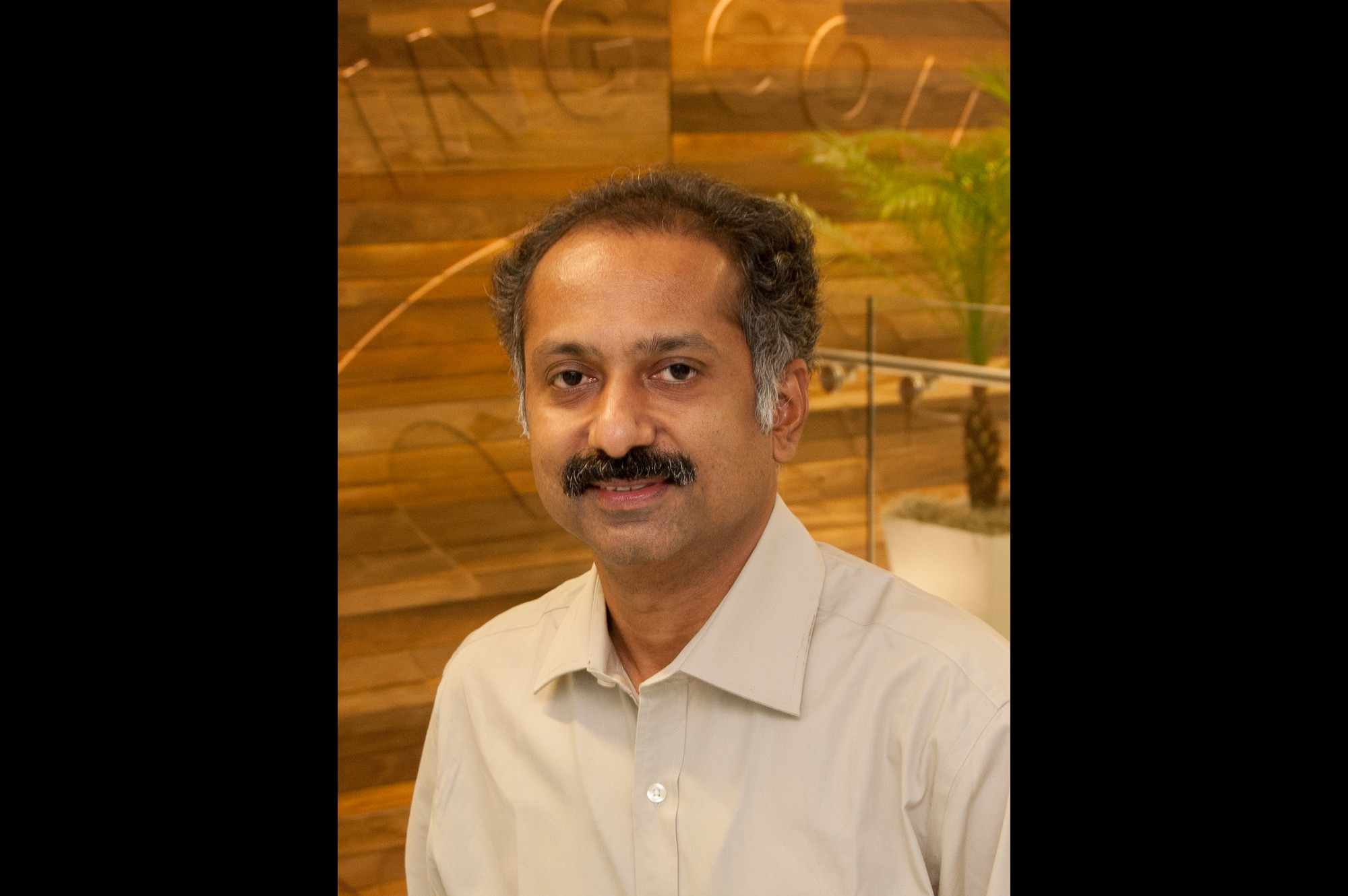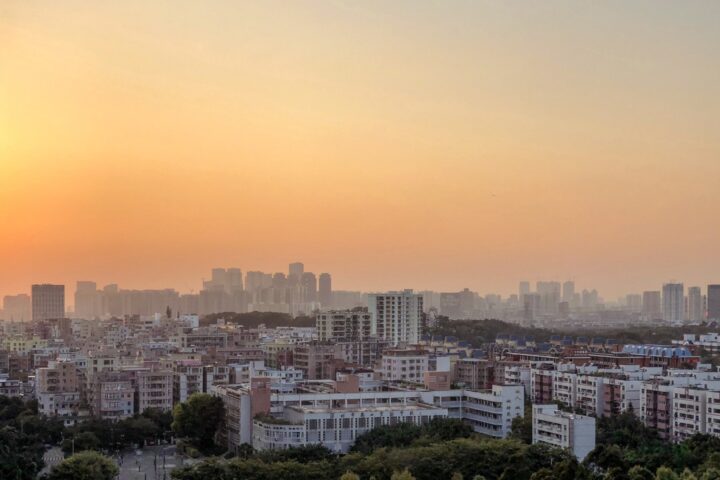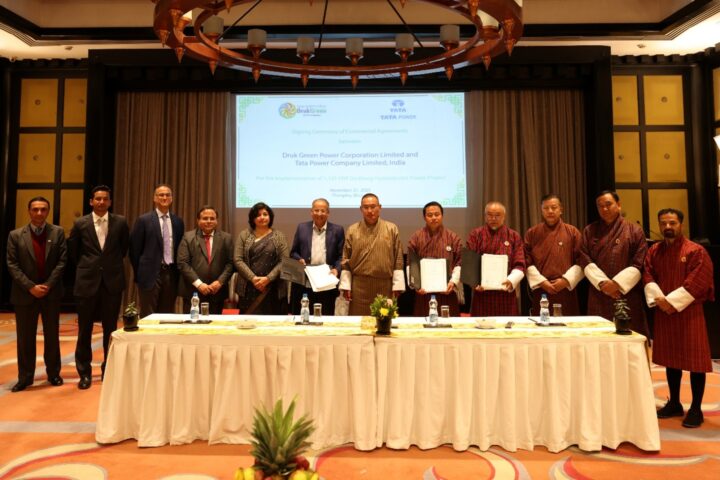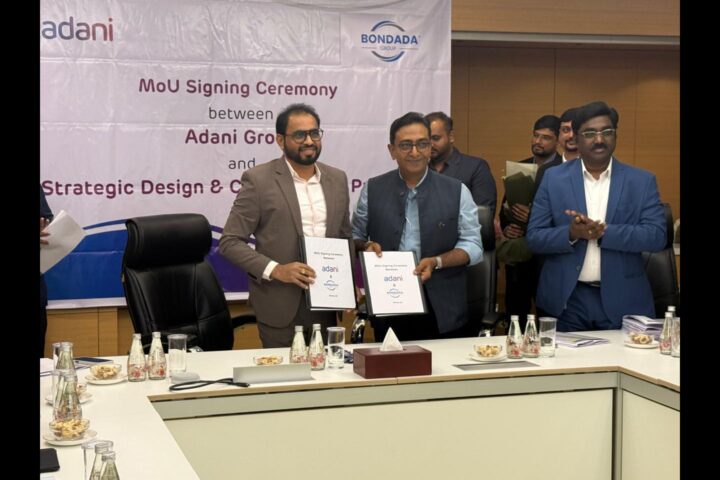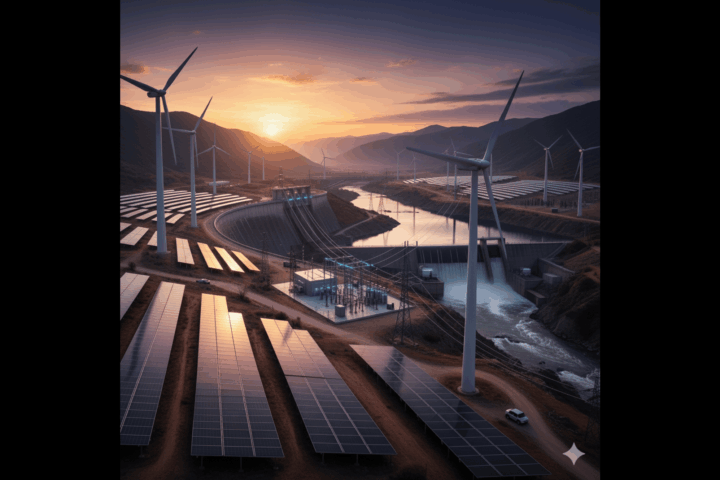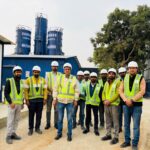How do you evaluate the growth and maturity of India’s green building market over the last decade? What role has GBCI India played in this transformation?
Over the last decade, India’s green building market has moved from being a niche concept to a mainstream development approach, particularly in commercial real estate. We are also seeing growing interest in green buildings across various market segments like Industrial manufacturing, Warehouse, Data Centres Hospitality, etc. and beyond major metros. The industry has matured in terms of awareness, demand for performance-based outcomes, and an ecosystem of professionals supporting sustainable design, construction, and operations. GBCI India has been at the forefront of this transformation by facilitating the adoption of globally recognized certification systems like LEED, TRUE and Edge, and by engaging with developers, policymakers, and professionals to drive capacity building. Through initiatives such as LEED for Cities and Communities, we are also helping integrate equity, resilience, and decarbonization at scale.
With several green building rating systems available in India. How should developers and builders determine which one is best suited to their project?
The choice of a green building rating system should be guided by the project’s goals, typology, geographic context, and long-term performance aspirations. LEED, administered by GBCI, provides a global, performance-based framework with third-party validation that focuses on energy efficiency, water conservation, human health, and carbon reduction. For developers seeking international best practices, market credibility, and long-term operational savings, LEED remains a robust choice. We encourage builders to evaluate systems not just for their checklist-based compliance but for their ability to deliver measurable outcomes aligned with sustainability and ESG goals.
There’s a perception that green certification adds to project cost. How do you address this concern, especially among smaller developers in Tier 2 and Tier 3 cities?
This perception stems from a misunderstanding of green building principles. In reality, integrating sustainability from the design phase often results in lower lifecycle costs due to savings in energy, water, and maintenance. At GBCI, we are working closely with small and mid-sized developers in Tier 2 and Tier 3 cities to provide technical guidance, localized case studies, and cost-benefit tools that demystify the process. GBCI offers a wealth of educational resources, including webinars, workshops, and online training programs, specifically designed to help developers understand the LEED rating system and the certification process. Additionally, we collaborate with various organizations, including local governments and industry partners, to reach a wider audience of small developers and promote the adoption of green building practices.
Could you share details of your organisation’s key collaborations and outreach initiatives aimed at promoting and creating awareness about green buildings?
GBCI India has forged impactful partnerships to scale green building adoption across sectors. Collaborations with Pune Municipal Corporation, ISHRAE, CREDAI have promoted LEED adoption across cities and homes, while tie-ups with ISGF advanced clean energy systems through PEER. Recent efforts with AEPC are greening garment factories, and programs like LEED Lab with Amity University are nurturing future green professionals.
What are the challenges to widespread green building adoption in India and how is your organisation helping to overcome them?
Key challenges include limited awareness in smaller cities, misconceptions around initial capital cost, and fragmented regulatory incentives. GBCI addresses these barriers through a multi-pronged approach: (a) offering localized training and capacity-building programs, (b) promoting data-driven success stories of LEED-certified projects, and (c) advocating for policy support alongside partners like CII and TERI. Furthermore, our digital platforms and performance dashboards make certification more transparent and accessible than ever before.
The green building movement cannot be truly comprehensive without addressing existing structures. What measures can be taken to retrofit and certify older buildings as green?
Retrofitting existing buildings is crucial to decarbonizing the built environment. LEED for Operations + Maintenance (LEED O+M) provides a structured pathway to improve the environmental performance of existing assets with minimal capital investment on retrofits. GBCI supports this through technical advisory, training on building performance analytics, and facilitating benchmarking tools. Retrofitting not only improves operational efficiency but also enhances asset value and occupant wellbeing. Given India’s vast stock of older commercial buildings, scaling retrofits is one of our key priorities as we move towards net-zero goals.
While India’s green building movement has made significant strides, substantial gaps still remain. How can government policy and regulatory frameworks further catalyse its widespread adoption?
Policy frameworks play a catalytic role in mainstreaming green buildings. While several state level mandates have emerged, a national-level alignment around energy, water, and GHG emission standards can bring scale and consistency. We advocate for performance-linked incentives, faster clearances for certified projects, and the integration of green building criteria in urban planning policies. Collaboration between the government and organizations like GBCI can ensure that sustainability is not treated as a compliance exercise but as a strategic investment in national resilience.
WELL and TRUE are relatively newer certifications. Are Indian builders showing interest in health and wellness or zero-waste buildings?
Yes, particularly post-pandemic, there has been a marked shift in awareness toward occupant health, indoor air quality, and wellness. The WELL Building Standard is gaining traction among workplaces, educational institutions, and even residential developers who are prioritizing human-centric design. Similarly, TRUE Zero Waste certification is being adopted by organizations looking to reduce environmental impact and meet ESG mandates. We are seeing growing interest from Indian firms aiming to align with global investors’ expectations around health, sustainability, and circular economy principles.
As India moves toward its 2070 net-zero commitment, how is your organisation preparing to meet future sustainability benchmarks in the built environment?
GBCI is aligning its certification frameworks, tools, and partnerships with India’s long-term climate goals, ensuring that every project we support contributes meaningfully to a low-carbon future. The recently launched LEED v5 marks a significant leap forward in this journey, placing decarbonization at the center of the rating system. Nearly half of all LEED v5 points are dedicated to emissions reductions across the building life cycle, from operations and embodied carbon to refrigerants and transportation. It also introduces operational carbon projections and long-term decarbonization strategies to help buildings achieve ultra-low carbon performance.
Beyond carbon, LEED v5 enhances focus on human health, resilience, and ecological well-being, requiring projects to undertake climate resilience assessments that reduce vulnerabilities and protect communities. Quality of life credits promote healthier, more transparent, and human-centric spaces, reflecting the growing demand for occupant wellness and accountability in the built environment.
GBCI complements LEED v5 with tools like the Arc performance platform, which enables real-time benchmarking of operational carbon, energy, water, and waste metrics. This combination of advanced performance tracking and rigorous certification ensures that Indian buildings are not only meeting today’s standards but are also future-ready. As India advances toward its 2070 net-zero target, GBCI remains committed to being a catalyst—driving the transformation of every building into a high-performing, resilient, and inclusive space. V5 also targets to make buildings and cities Net Zero ready. And they are ready to get certified through LEED Zero- one of the most comprehensive NET Zero certification programs in the World which allows assets to choose between Waste, Water, Energy and Carbon in their quest for Net Zero.


